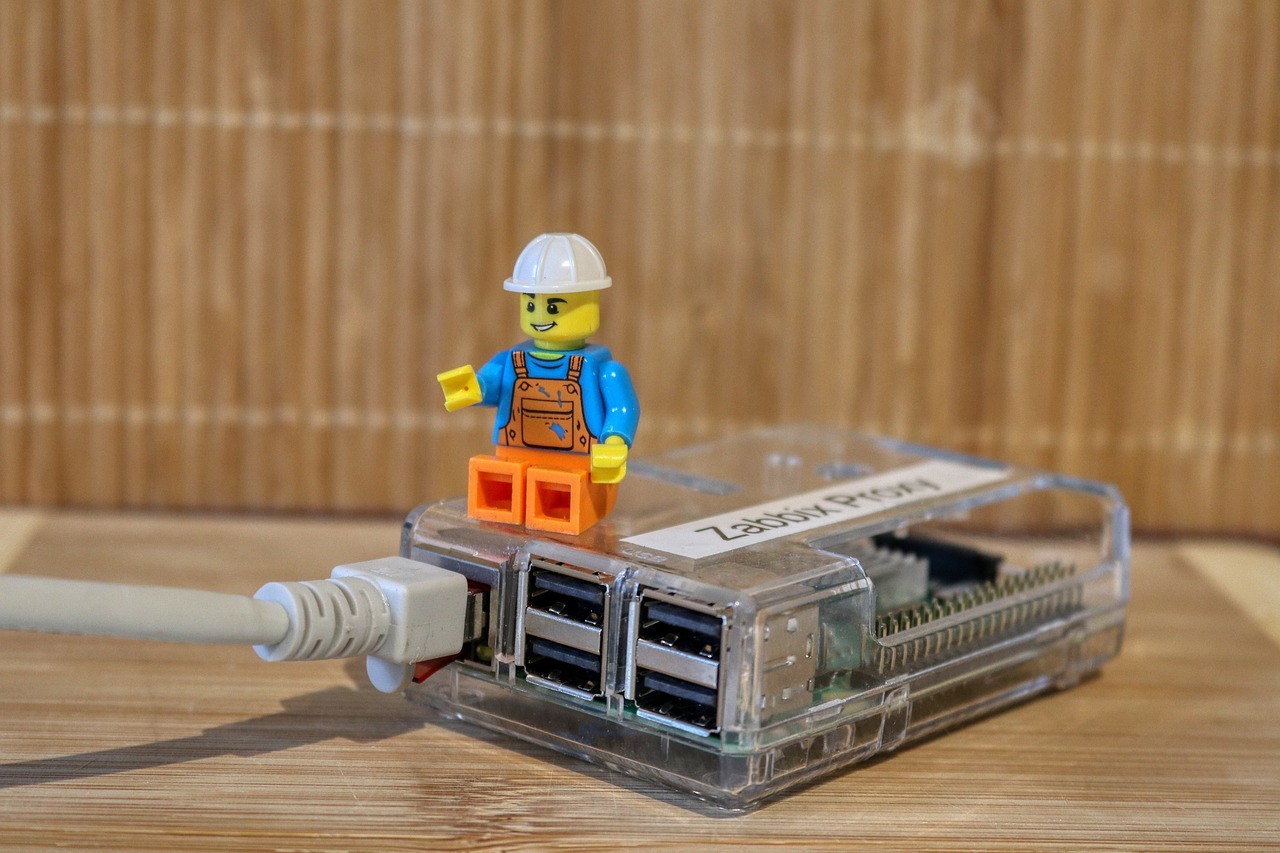In a world where online dangers lurk in every shadowy corner of the internet, a group of tech superheroes has come together to form the Tech Coalition, launching the Lantern initiative. This isn’t just another tech buzzword; it’s a digital crusade against nomadic child predators, the kind that hop from platform to platform like a twisted game of Whac-A-Mole.
Imagine each tech platform as a bustling city. In each city, there are hidden dangers that only reveal parts of their nefarious plans. That’s where Lantern comes in, like a high-tech spotlight illuminating the activities of these digital villains.
Lantern isn’t just a shiny new toy; it’s a powerful tool that allows companies like Discord, Google, Mega, Meta, and others to share crucial information about potential child exploitation. It’s like having a neighborhood watch, but for the entire digital neighborhood.
So, how does this caped crusader of a program work? Companies upload “signals” – think of them as digital breadcrumbs – which might indicate shady activities. These signals could be anything from suspicious usernames to keywords used in the grooming process. It’s like gathering puzzle pieces from across the tech universe to form a clearer picture.
These signals are not ironclad proof but clues that lead to further investigation. It’s like being a detective in a high-stakes digital crime drama, where each clue brings you closer to thwarting the bad guys.
The beauty of Lantern is its cross-platform vigilance. No longer can these predators jump from one platform to another without leaving a trace. It’s like they’ve been playing hide-and-seek, and Lantern just turned on the floodlights.
This initiative is a game-changer in the fight against online grooming and financial sextortion of young people. Think of it as building a digital fortress around vulnerable users, with each tech company adding its own brick to the wall.
The significance of Lantern can’t be overstated. Alexandra Popken, a trust and safety expert, views it as a groundbreaking step toward industry-wide collaboration. It’s like all the rival superheroes deciding to team up against a common enemy.
Even Ashley Johnson, a policy analyst, sees the potential for this type of collaboration to extend beyond just combating online child exploitation. It’s like finding a formula for world peace but in the digital realm.
However, it’s not just about catching the bad guys; it’s also about responsible data management. Each piece of information shared through Lantern is a delicate balance between privacy and safety. It’s like walking a tightrope over a digital canyon.
In conclusion, the Lantern initiative is more than just a new tech tool; it’s a beacon of hope in the ongoing battle against online child predators. It symbolizes a united front where the tech world stands together, declaring that the safety of our children is a mission that transcends competition and rivalry.










![Apple Watch SE (2nd Gen) [GPS 40mm] Smartwatch with Starlight Aluminum Case with Starlight Sport Band S/M. Fitness & Sleep Tracker, Crash Detection, Heart Rate Monitor](https://www.tech-bit.com/wp-content/uploads/2024/06/applewatchse2ndgengps40mmsmartwatchwithstarlightaluminumcase-360x180.jpg)
















![Apple Watch Series 9 [GPS 45mm] Smartwatch with Midnight Aluminum Case with Midnight Sport Band S/M. Fitness Tracker, ECG Apps, Always-On Retina Display, Water Resistant](https://www.tech-bit.com/wp-content/uploads/2024/06/applewatchseries9gps45mmsmartwatchwithmidnightaluminumcasewith-360x180.jpg)



![Apple Watch Ultra 2 [GPS + Cellular 49mm] Smartwatch, Sport Watch with Rugged Black Titanium Case with Black Ocean Band. Fitness Tracker, Precision GPS, Action Button, Extra-Long Battery Life](https://www.tech-bit.com/wp-content/uploads/2024/10/applewatchultra2gpscellular49mmsmartwatchsportwatchwithrugged-360x180.jpg)
































